Last Updated on June 26, 2023 by Cathy
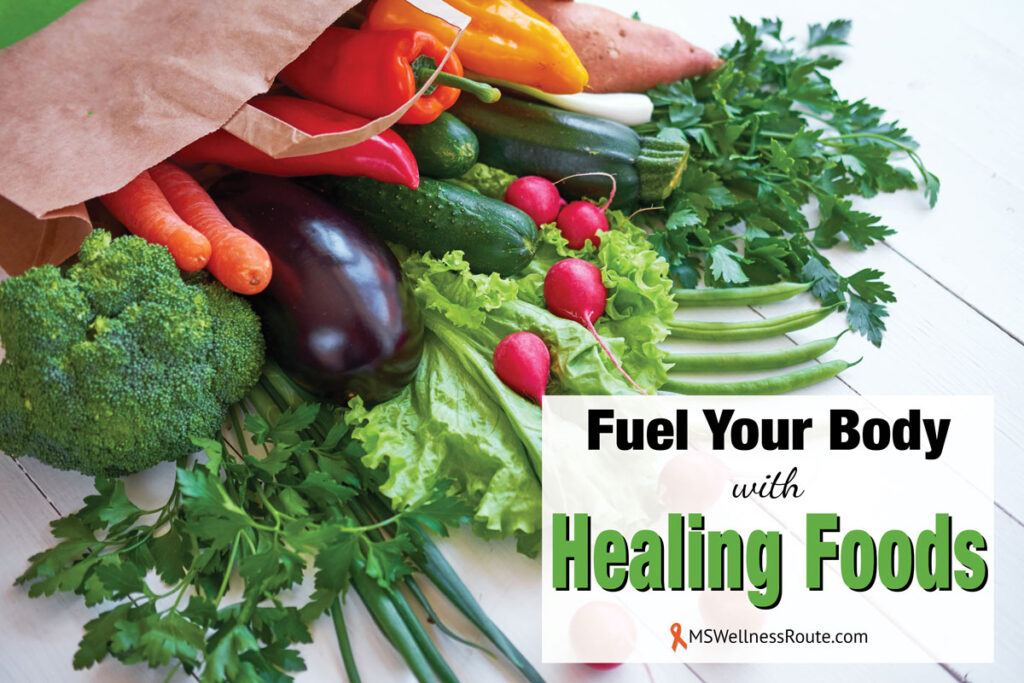
Everyone knows a healthy diet provides numerous benefits for overall health and well-being. Unfortunately, the majority of people don’t follow a consistently healthy diet. There could be several reasons why despite knowing its benefits in preventing diseases.
Here are some possible explanations:
- Convenience and accessibility
- Cost considerations
- Emotional and psychological factors
- Lack of awareness
- Lack of time and cooking skills
- Personal preferences and taste preferences
- Social and cultural influences
A life event often triggers diet change. This is what happened to me. In 2004 I had a horrible multiple sclerosis (MS) flare. It left me looking like I had a stroke, so I started eating healthy.
What is a healthy diet?

The Mediterranean diet is widely regarded as one of the healthiest diets. It’s nutrient-dense and provides a wide array of vitamins, minerals, antioxidants, and phytochemicals. Most MS diets do not follow the recommended guidelines for people with MS.
The Mediterranean includes:
- Dairy products
- Fish
- Fruits
- Legumes
- Nuts
- Olive oil
- Poultry
- Red wine
- Seeds
- Vegetables
The Mediterranean diet isn’t designed to directly combat pathogens and viruses. Pathogens and viruses cause chronic inflammation, leading to MS. A 2022 study stated that Epstein-Barr virus (EBV) is the leading cause of MS.
To Learn More About The Study Read:
However, other factors come into play, including:
- Diet (poor diet)
- Infections (bacterial overgrowth, parasites, viruses, and yeast overgrowth)
- Environmental Toxins (heavy metals, mold, pesticides, etc.)
- Chronic Stress
- Hormones (adrenaline, cortisol, insulin, vitamin D – yes, it’s a hormone)
Life isn’t fair, one person can eat all the junk food they want and live to be 100. While another person can eat a healthy diet and end up with a disease. The reason is due to how toxic their body is.
Foods To Avoid for MS
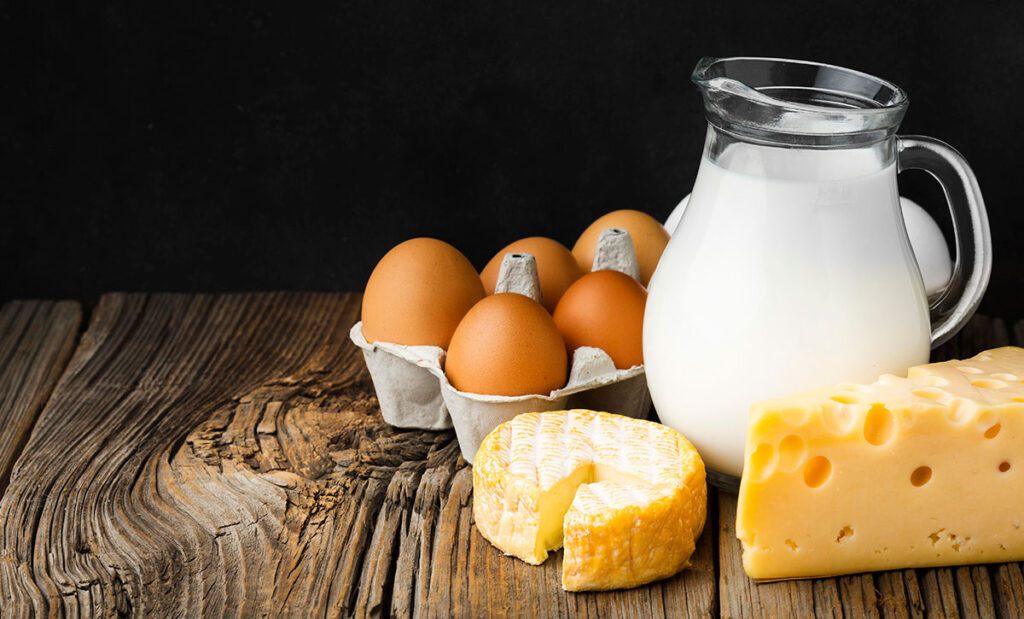
Image by Freepik
When you’re living with MS neurotoxins in the body are causing nerve inflammation. For example, mercury is a neurotoxin, it causes neurological symptoms. The Mediterranean diet permits dairy despite casein triggering MS flares.
Although the Mediterranean diet is the “healthiest” diet, it may not be the best for people with MS. When your body is battling a war you need to give it everything you can to win. You do that by removing foods that feed diseases instead of fighting them.
Foods to avoid include:
- Dairy
- Gluten
- Refined sugar
- Artificial flavors and sweeteners
- Natural flavors
- Corn (it’s mostly a GMO)
- Soy (it’s mostly a GMO)
- MSG
- Canola oil (it’s mostly a GMO)
- Pork (it’s high in fat and prone to parasites)
- Farmed fish (it’s washed in toxic chemicals due to parasites)
- Citric acid (processed citric acid is mostly derived from corn)
You should also avoid eggs, gluten-free grains, and legumes until you’ve healed. Plus, don’t consume too many oils that are high in omega-6 such as safflower oil. You need to consume a ratio of 1:1 omega-3 to omega-6 fatty acids.
Healing Foods
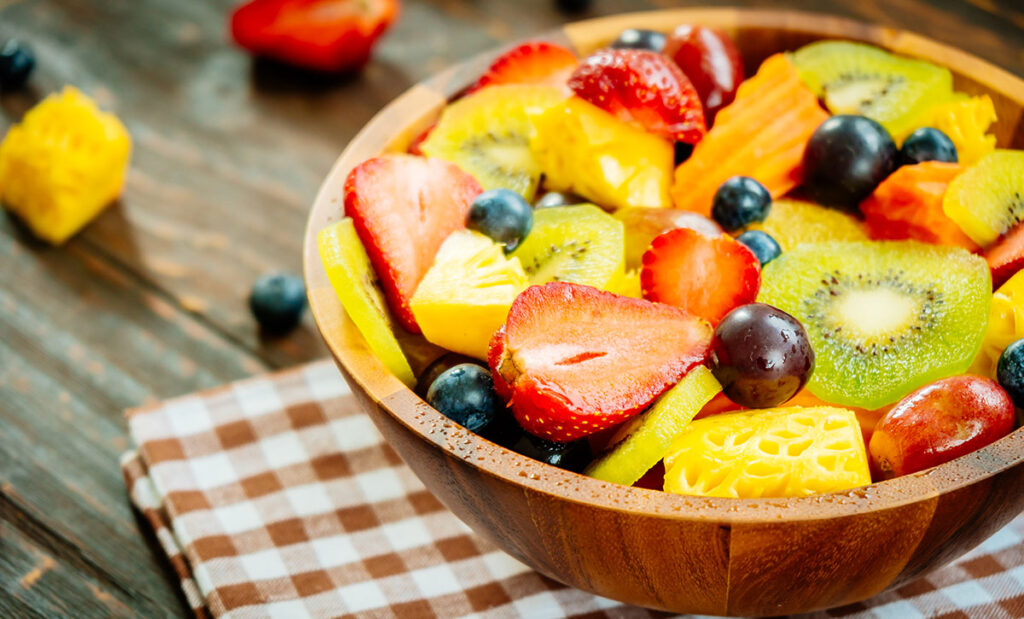
Image by lifeforstock on Freepik
You need medicinal foods, these are foods that will heal your body. These foods promote neurological healing when consumed in abundance. This includes fruits, herbs, leafy greens, and vegetables.
Don’t be afraid of fruit. For years, I avoided most fruits thinking they spiked my blood sugar. After researching, studies showed fruit does not spike your blood sugar due to fiber. Fruit includes antioxidants, fiber, minerals, phytonutrients, and vitamins. – Everything you need to heal!
Another mistake a lot of people make when eating healthy foods is they eat foods that aren’t healing. For example, they eat lots of foods using gluten-free flour or healthy fats like nuts. Yes, they are healthy but not healing.
Since you are trying to heal your central nervous system you need healing foods. You need foods that have antibacterial, anti-parasitic, antimold, and antiviral compounds. When restoring your brain cells, and central nervous system you need healing foods. Not almond butter, foods with gluten-free flour, or grass-fed meats – it’s healing foods!
Healing foods include:
- Berries. Berries like blueberries, strawberries, and raspberries are rich in antioxidants, vitamins, and fiber. They offer a wide array of nutrients and are often low in calories. Wild blueberries have two times more antioxidants than cultivated blueberries. You can find these in the freezer section of many grocery stores.
- Colorful fruits. Fruits such as oranges, apples, pears, grapes, and kiwis are nutrient-dense. They provide vitamins, minerals, fiber, and antioxidants.
- Cruciferous vegetables. Vegetables like broccoli, cauliflower, Brussels sprouts, and cabbage are nutrient powerhouses. They are high in vitamins (such as vitamin C, K, and folate), fiber, and various antioxidants.
- Herbs. Herbs are high in nutrients and have powerful healing properties. See the benefits of herbs below.
- Leafy green vegetables. Vegetables like kale, spinach, Swiss chard, and collard greens are high in nutrients. Including vitamins (such as vitamins A, C, and K), minerals (including iron and calcium), and fiber.
- Vegetables. There are many other vegetables that offer a wide range of essential nutrients. Such as bell peppers, carrots, and zucchini.
Powerful Healing Properties of Herbs
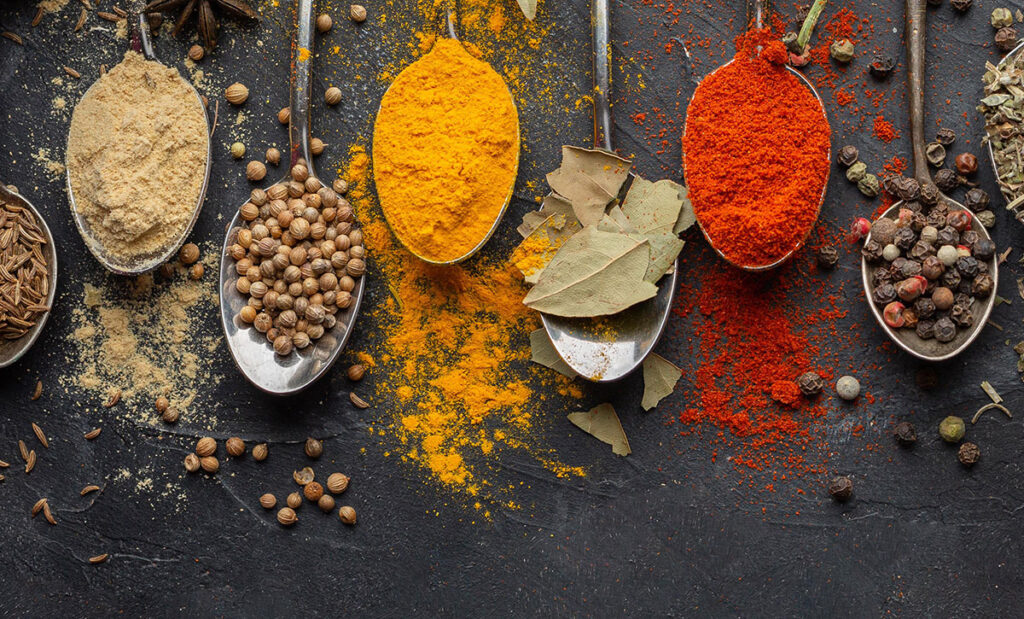
Image by Freepik
Herbs are flavorful additions to meals. They also offer various health benefits including medicinal properties. While herbs contribute to the overall nutrient density of a diet.
Here are some common herbs and their health benefits:
- Basil contains essential oils, such as eugenol, which may have anti-inflammatory properties. It’s also rich in vitamins A, K, and C.
- Chives contain flavonoids, such as quercetin, which have antioxidant properties. provide vitamins A, C, and K.
- Cilantro (Coriander) helps remove heavy metals from your body. It’s high in antioxidants and provides vitamins A, C, and K.
- Dill leaves contain compounds with potential antioxidant and anti-inflammatory properties. They are a good source of vitamins A and C.
- Mint leaves are refreshing and contain antioxidants and vitamins A and C.
- Oregano is a potent antioxidant, it’s anti-microbial and anti-inflammatory. It also provides vitamins A and K.
- Parsley is an excellent source of vitamins A, C, and K. It also provides folate and antioxidants.
- Rosemary contains compounds with potent antioxidant and anti-inflammatory properties. It is a good source of vitamins A and C, as well as minerals like calcium and iron.
- Sage contains essential oils and compounds with potential antimicrobial and anti-inflammatory effects. It is a good source of vitamins A and K.
- Thyme is rich in vitamins C and K and contains various antioxidants. It also has potent antimicrobial properties and may help support respiratory health.
Adding herbs to meals boosts flavor and nutrition. Add herbs to dressings, salads, sauces, and soups. You can even add them to your smoothies.
Healing Foods
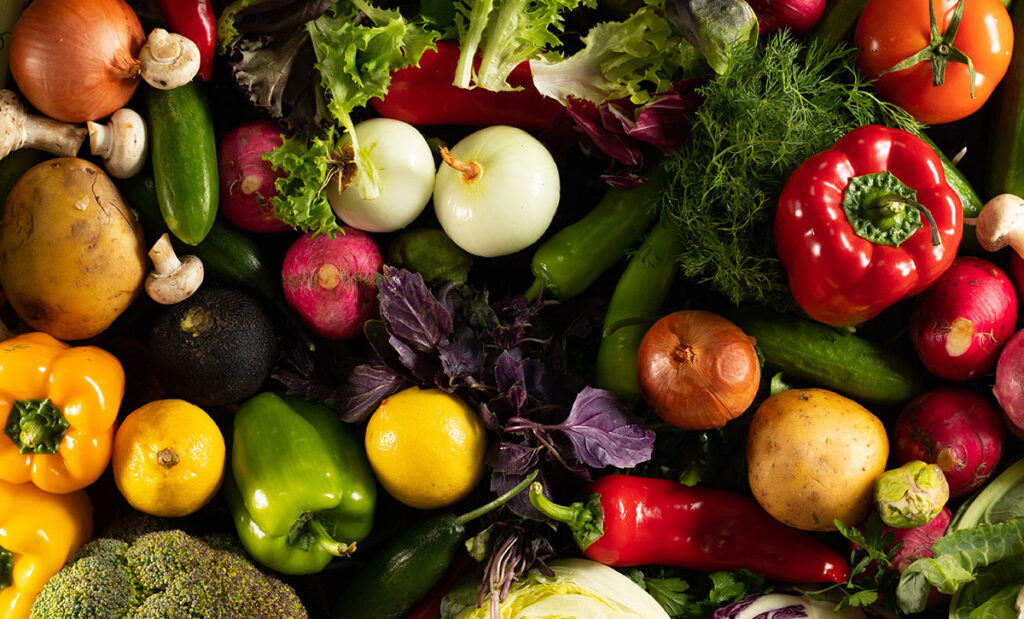
Image by wirestock on Freepik
Incorporating healing foods into your daily diet nurtures your body effectively. Healing foods are nutritional powerhouses that offer many health benefits. These foods offer abundant vitamins, minerals, antioxidants, and phytonutrients for vitality and well-being.
By prioritizing these nutrient-dense foods, you will:
- Add more fiber to your diet
- Boost your immune system
- Fight pathogens and virus
- Heal your central nervous system
- Lower chronic inflammation
- Remove heavy metals
- Support digestion
Every bite you take is an opportunity to nourish and heal your body.
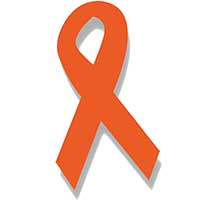
Free Wellness Library!
Subscribe for free and I’ll send you the password to my secret library filled with many printables for your wellness journey.
Want to remember this health tip? Pin it to your Pinterest board!
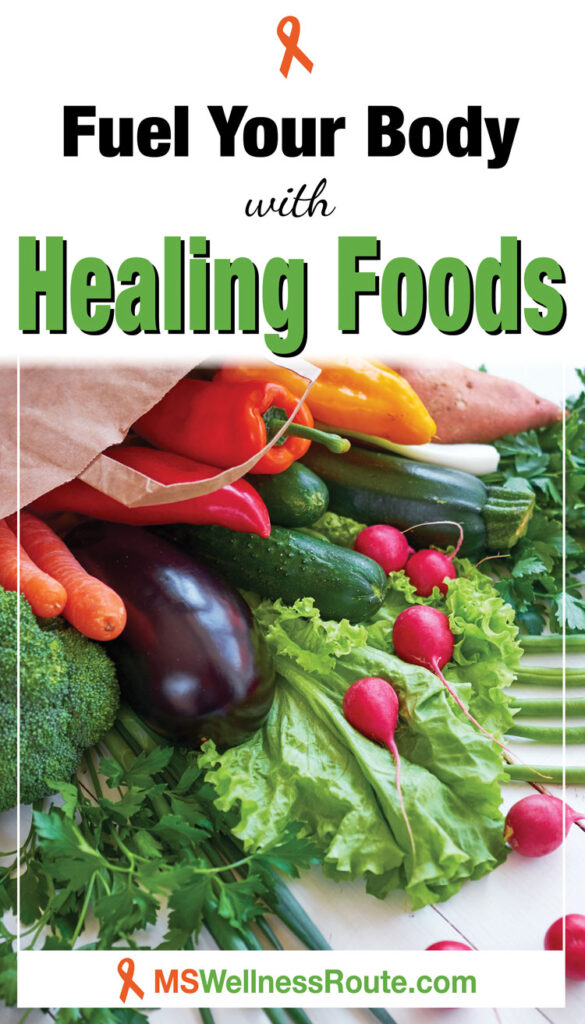
Image by fxquadro on Freepik
Fuel Your Body With Healing Foods





